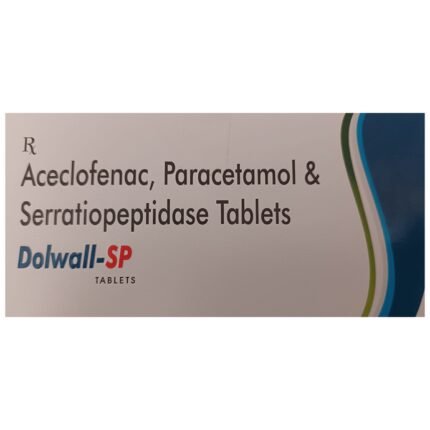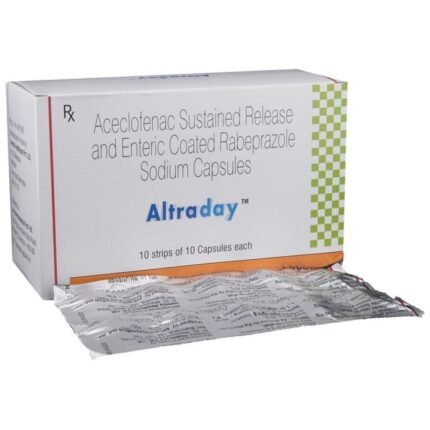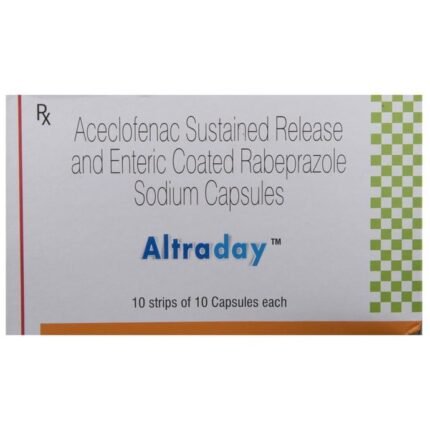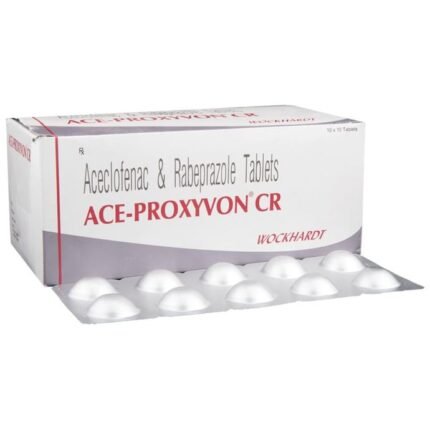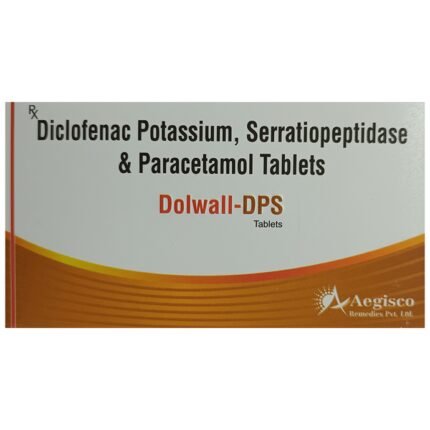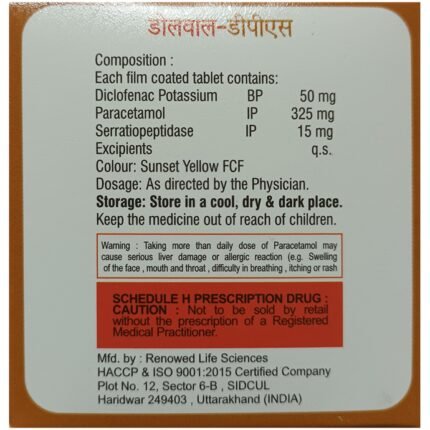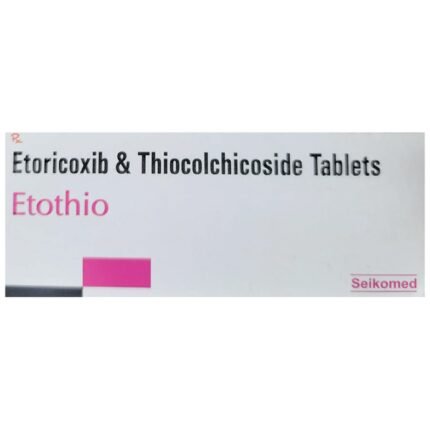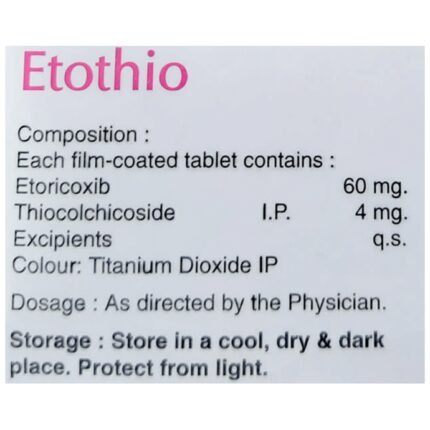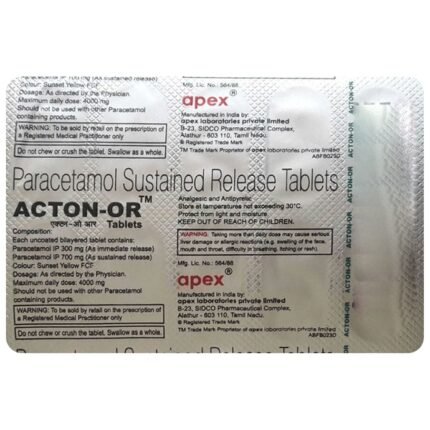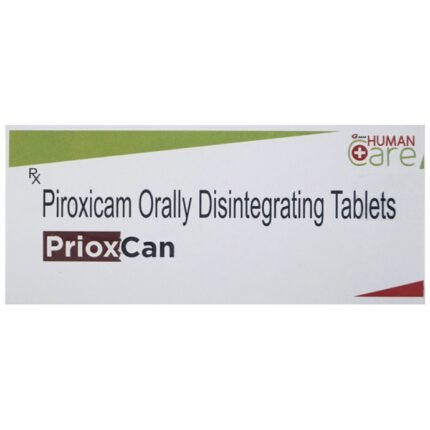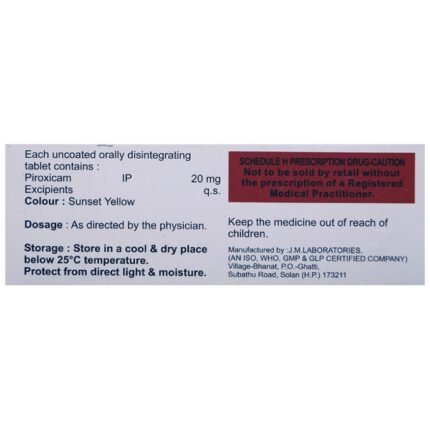DESCRIPTION
Dolosafe D Tablet is a combination of two pain killer medicines that is used to relieve moderate to severe pain. Dolosafe D Tablet should be taken in the dose and duration advised by your doctor. It may be taken with or without food. In case you experience stomach upset then take the medicine with food. It is important not to miss doses and to keep taking them until your doctor tells you it is safe to stop. Do not stop using this medicine without asking your doctor. This medicine may cause side effects like vomiting, nausea, dryness in the mouth, dizziness, and constipation in some patients. These are usually mild and disappear after a short time. Inform your doctor immediately if any rash or allergic reaction is observed while taking this medicine. If you are pregnant, thinking about becoming pregnant, or breastfeeding, ask your doctor before taking this medicine.
INTRODUCTION
In Moderate to severe pain Dolosafe D Tablet effectively relieves moderate to severe pain in conditions like menstrual cramp, arthritis, headache, muscle aches if taken when the first signs of pain occur. It works by reducing substances in the body that causes pain. This gives relief from pain and discomfort and thus improves the quality of your life. Take Dolosafe D Tablet by mouth as directed by your doctor.
USE OF
Moderate to severe pain
BENEFITS
Take this medicine in the dose and duration as advised by your doctor. Swallow it as a whole. Do not chew, crush or break it. Dolosafe D Tablet may be taken with or without food, but it is better to take it at a fixed time.
FACTBOX
Habit Forming::Yes|Therapeutic Class::PAIN ANALGESICS
HOW TO USE
Dolosafe D Tablet is a combination of two medicines: Tramadol and Paracetamol which relieve severe pain. Tramadol is an opoid analgesic (pain reliever) which works by blocking the transmission of pain signals to the brain to lower pain perception. Paracetamol works by blocking the release of certain chemical messengers that cause pain.
EXPIRY
Long shelf life (1-2 years).
SAFETY ADVICE
– Alcohol : UNSAFE – It is unsafe to consume alcohol with Dolosafe D Tablet. – Pregnancy : CONSULT YOUR DOCTOR – Dolosafe D Tablet may be unsafe to use during pregnancy. Although there are limited studies in humans, animal studies have shown harmful effects on the developing baby. Your doctor will weigh the benefits and any potential risks before prescribing it to you. Please consult your doctor. – Breast feeding : SAFE IF PRESCRIBED – Dolosafe D Tablet is probably safe to use during breastfeeding. Limited human data suggests that the drug does not represent any significant risk to the baby. Consult a doctor immediately if the baby shows signs of increased sleepiness (more than usual), difficulty breastfeeding, breathing problems, or limpness. – Driving : UNSAFE – Dolosafe D Tablet may cause side effects which could affect your ability to drive. – Kidney : CAUTION – Dolosafe D Tablet should be used with caution in patients with kidney disease. Dose adjustment of Dolosafe D Tablet may be needed. Please consult your doctor. – Liver : CAUTION – Dolosafe D Tablet should be used with caution in patients with liver disease. Dose adjustment of Dolosafe D Tablet may be needed. Please consult your doctor. However, the use of Dolosafe D Tablet is not recommended in patients with severe liver disease and active liver disease.
IF MISS
If you miss a dose of Dolosafe D Tablet, take it as soon as possible. However, if it is almost time for your next dose, skip the missed dose and go back to your regular schedule. Do not double the dose.
COMMON SIDE EFFECT
Vomiting | Constipation | Dizziness | Dryness in mouth | Sleepiness | Diarrhea | Abdominal pain | Dyspepsia | Flatulence | Headache | Trembling | Anxiety | Sleep disorder | Itching
ALCOHOL INTERACTION
UNSAFE
PREGNANCY INTERACTION
CONSULT YOUR DOCTOR
LACTATION INTERACTION
SAFE IF PRESCRIBED
KIDNEY INTERACTION
CAUTION
LIVER INTERACTION
CAUTION
VIEWS
BOUGHT
FAQ
DISCLAIMER
The content on this website, including medicine descriptions, is for informational purposes only and not a replacement for professional medical advice, diagnosis, or treatment. Always consult a licensed doctor or healthcare provider for the diagnosis, treatment, or management of any health condition or symptoms.





